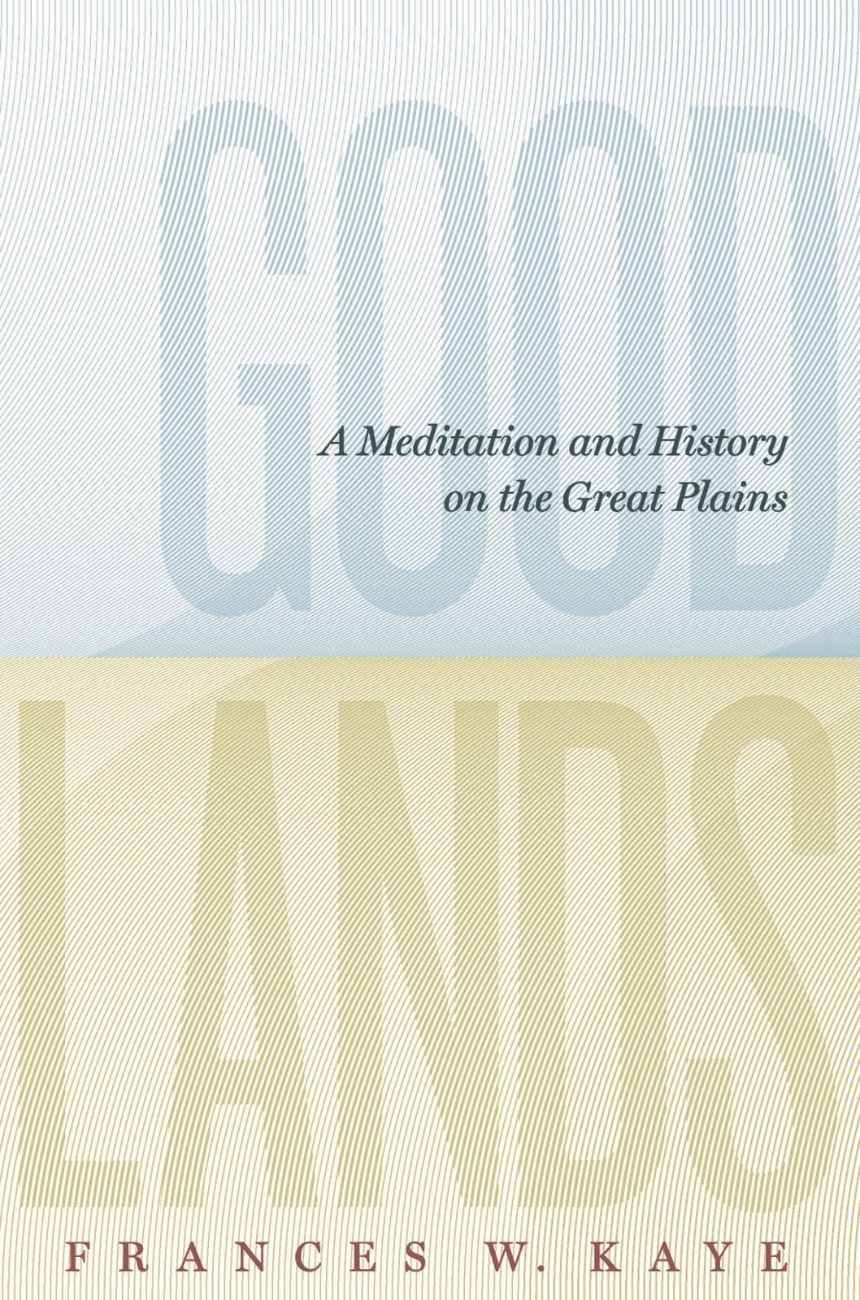Table of Contents
Introduction | 1
1. A Unified Field Theory of the Great Plains |17
2. Exploring the Explorers | 45
3. Spiritual and Intellectual Resistance to Conquest, Part1: Custer and Riel | 63
4. Spiritual and Intellectual Resistance to Conquest, Part2: Messianism, the 1885NorthwestResistance, and the 1890Lakota Ghost Dance | 79
5. Spiritual and Intellectual Resistance to Conquest, Part3: John Joseph Mathews’ Wah’Kon-Tah and John G. Neihardt’s Black Elk Speaks | 111
6. Intellectual Justification for Conquest: Comparative Historiography of the Canadian and US Wests | 127
7. Homesteading as Capital Formation on the Great Plains | 143
8. The Women’s West | 167
9. And Still the Waters | 185
10. Dust Bowls | 205
11. Mitigating but Not Rethinking: George W. Norris, Tommy Douglas, and the Great Plains | 217
12. Planning and Economic Theory | 243
13. Mouse Beans and Drowned Rivers | 265
14. Oil | 275
15. Arts, Justice, and Hope on the Great Plains | 291
Conclusion | 319
Notes | 333
Credits | 365
Index | 367
